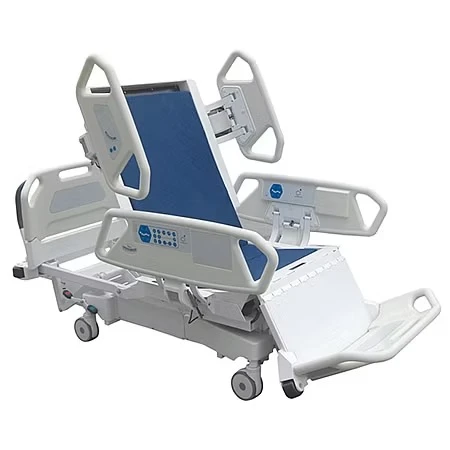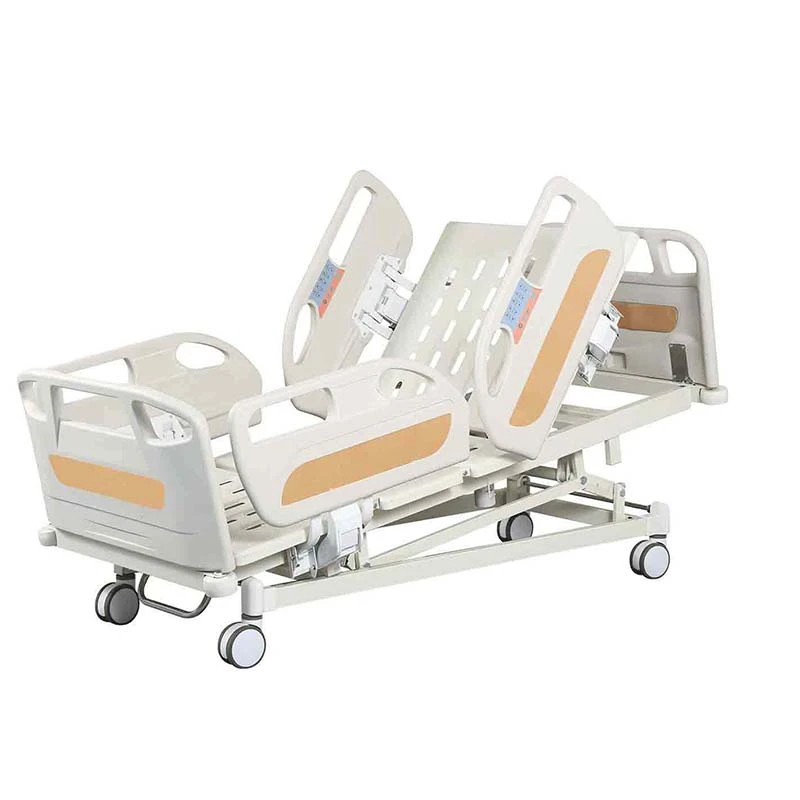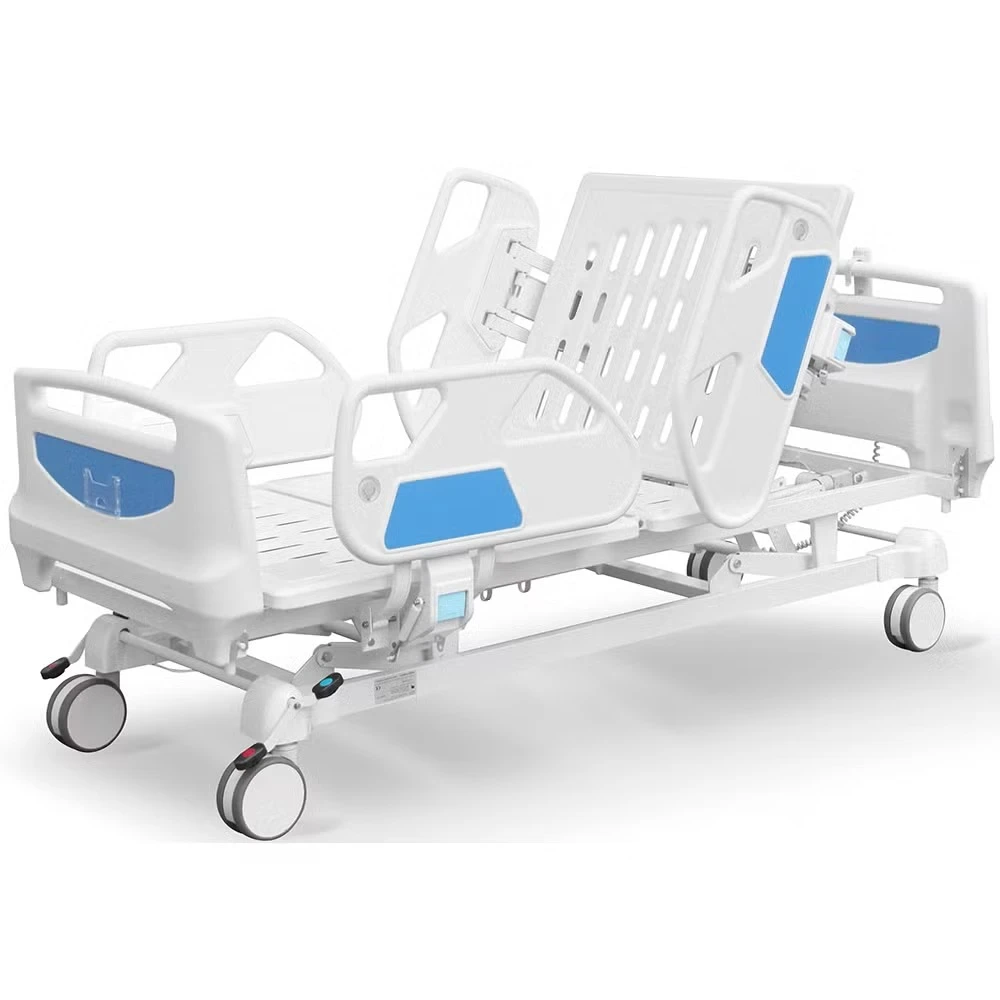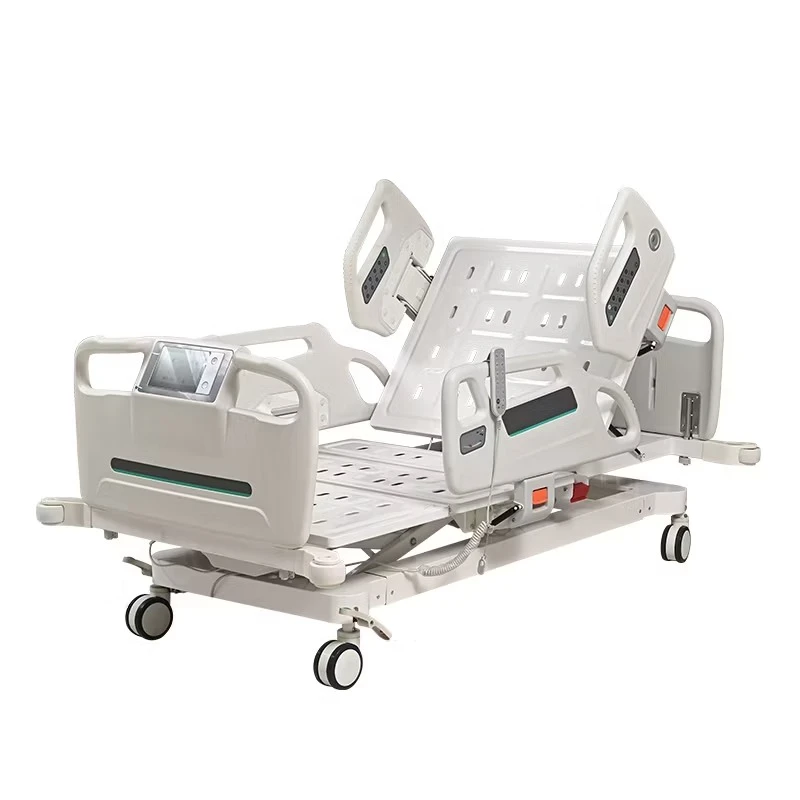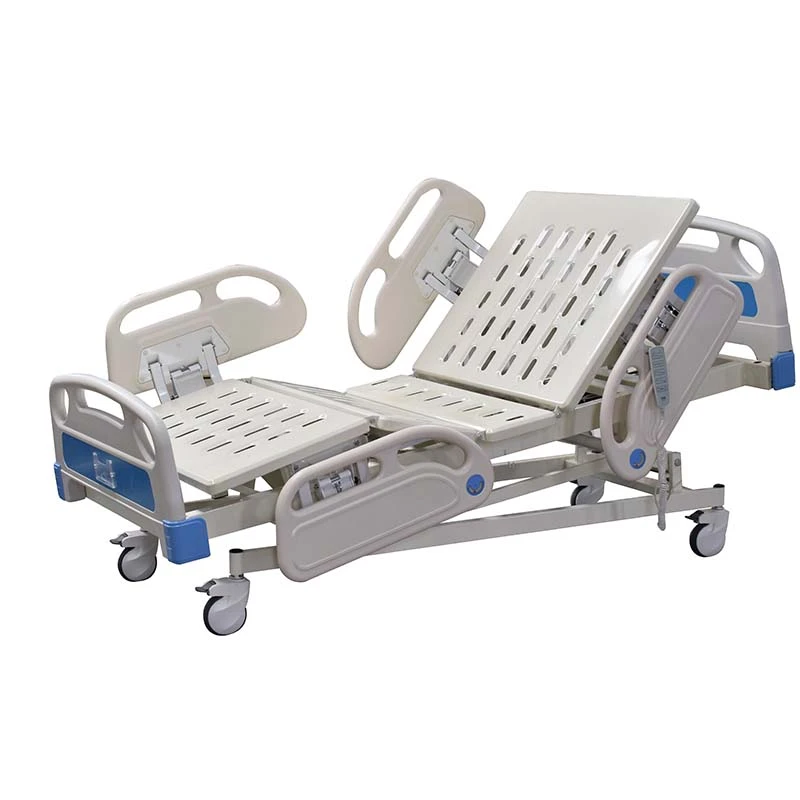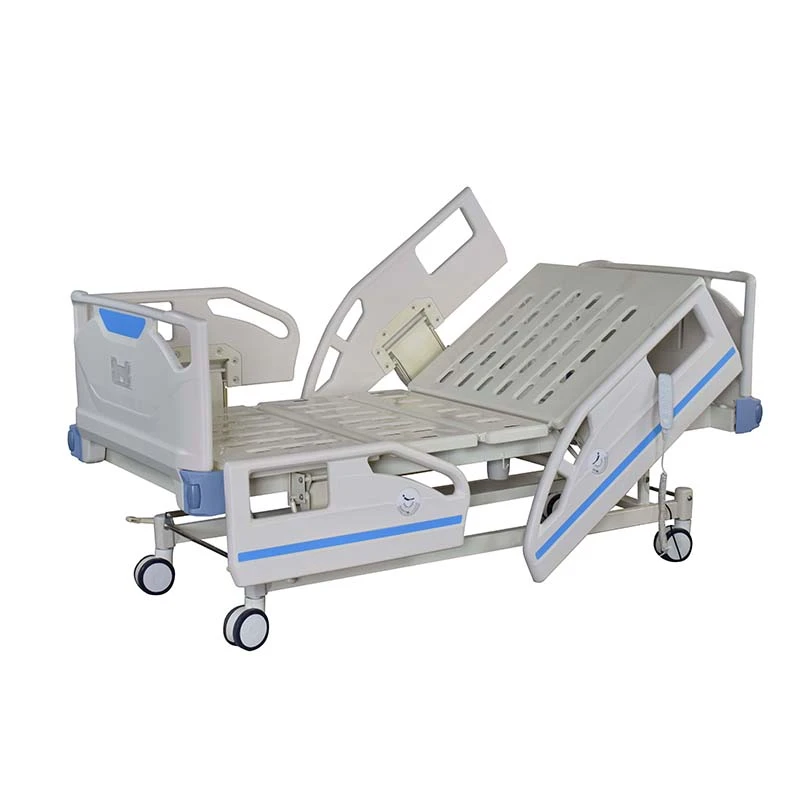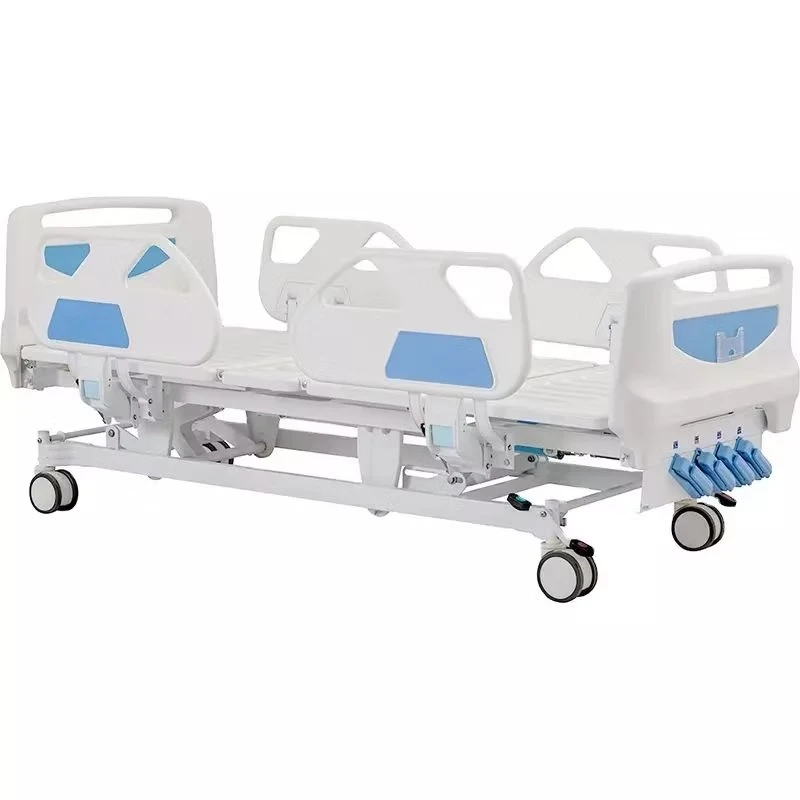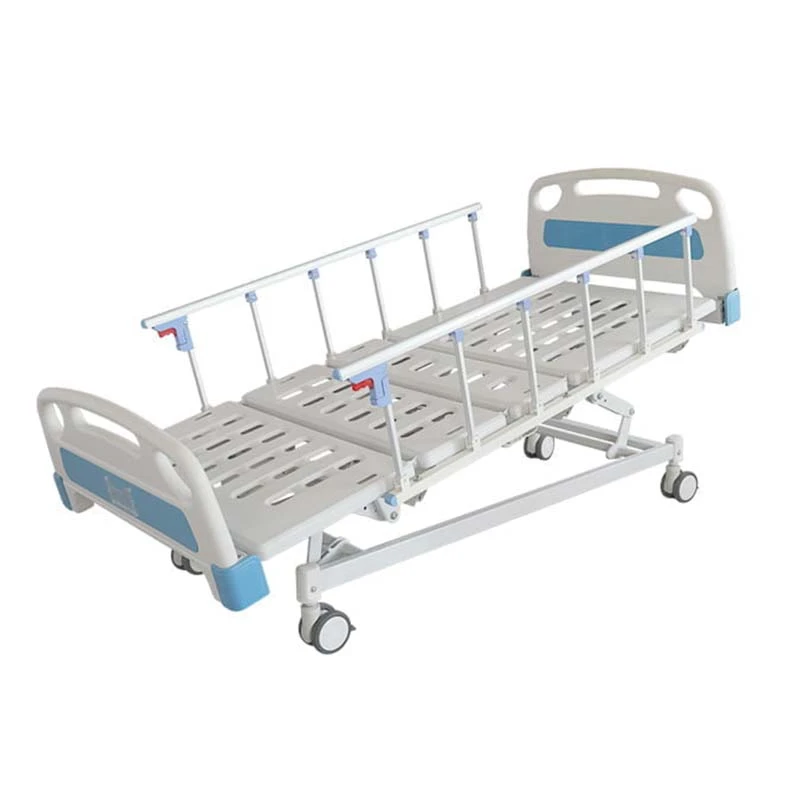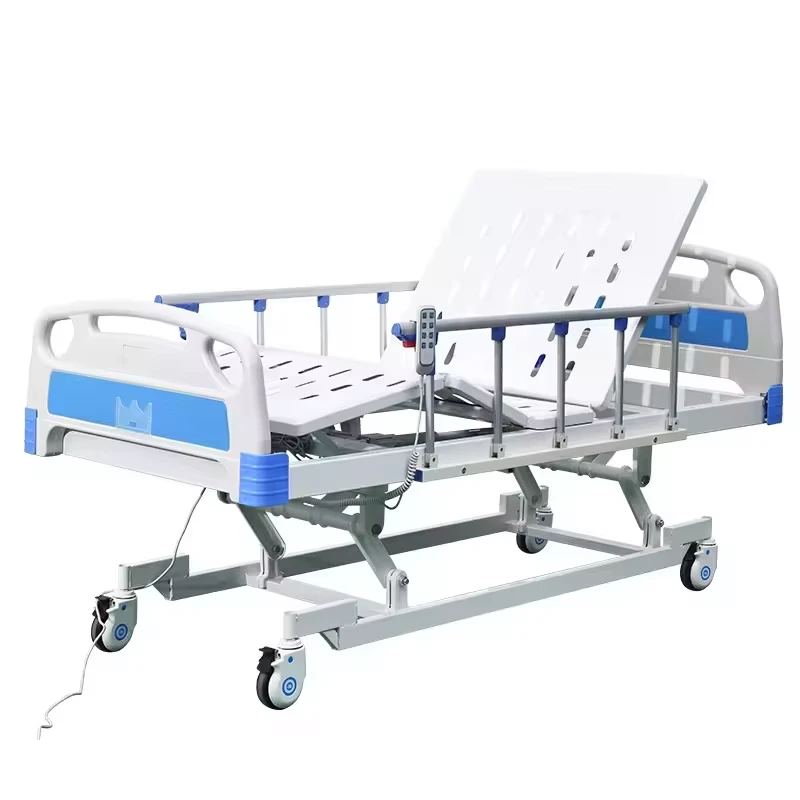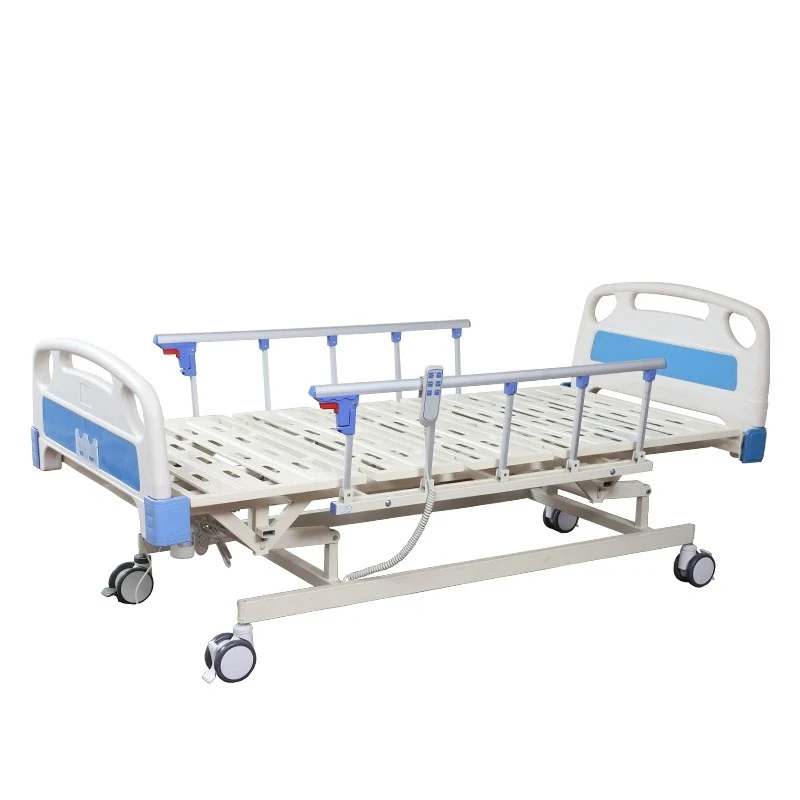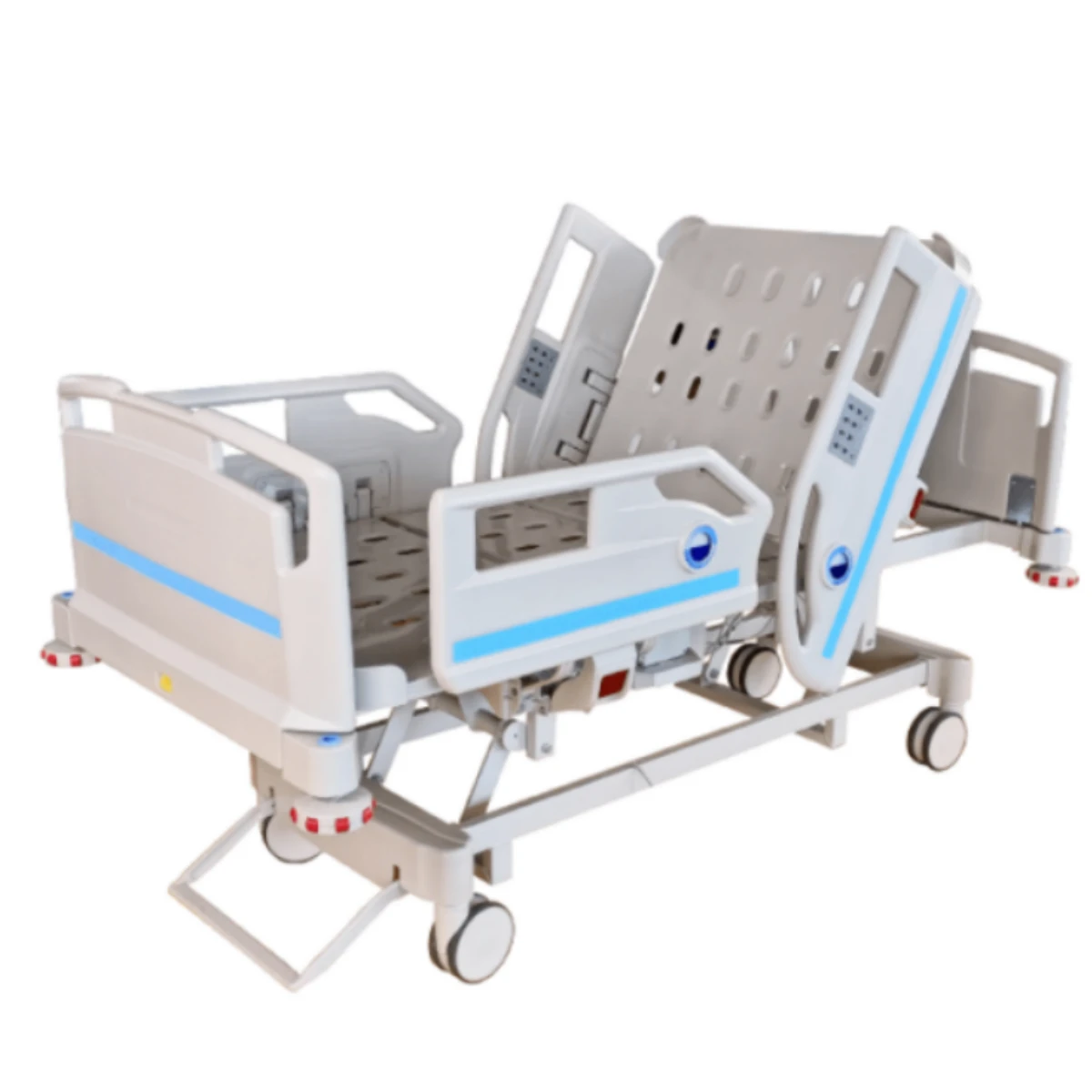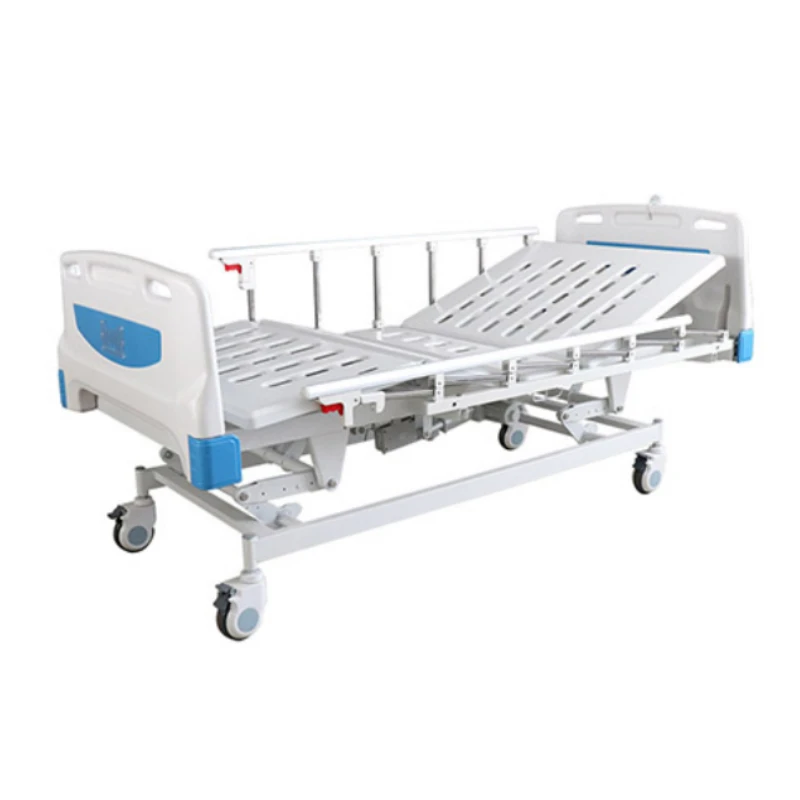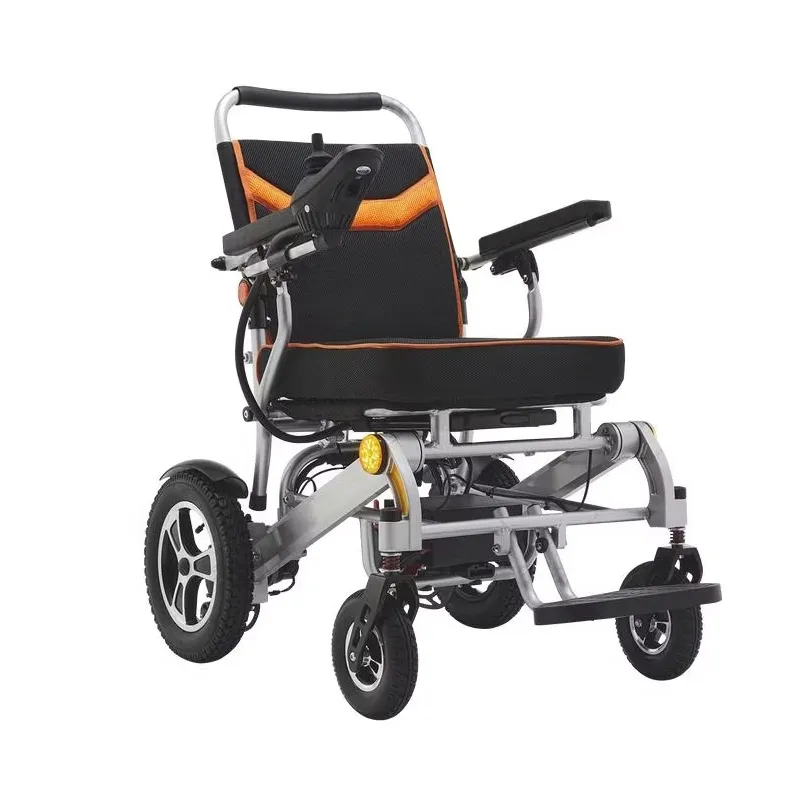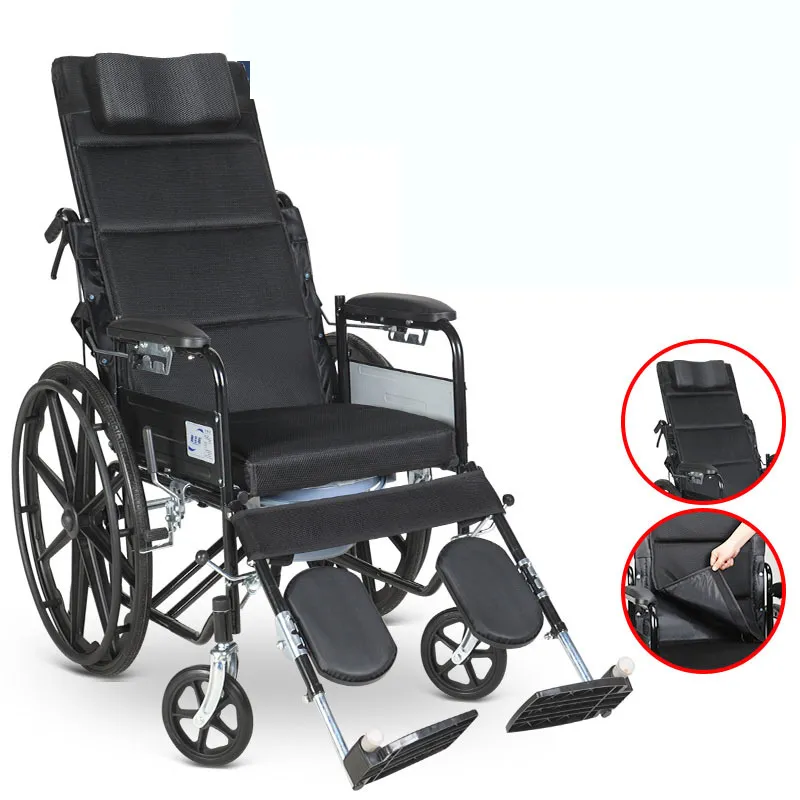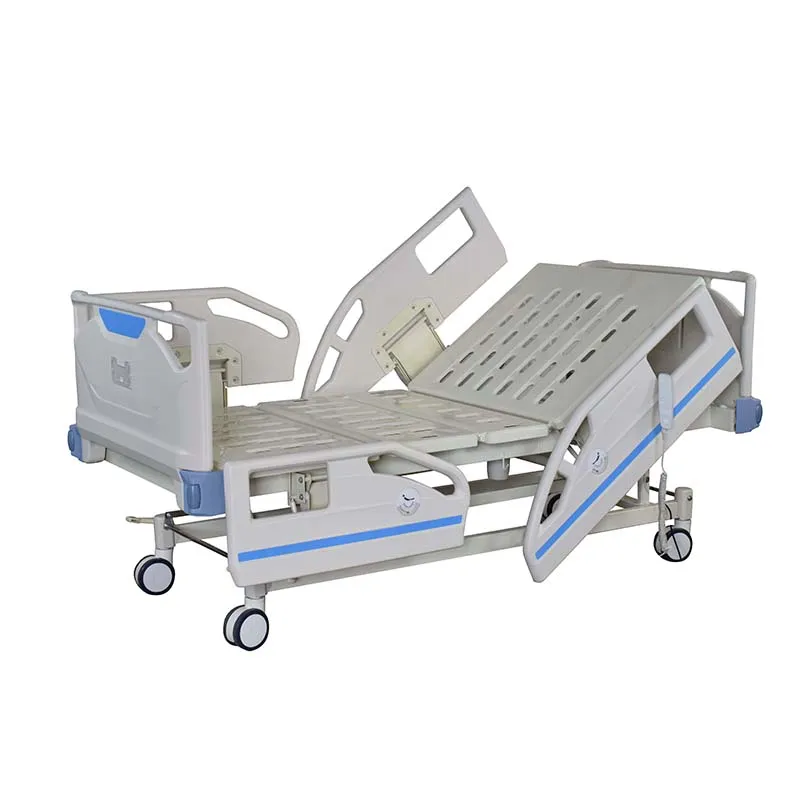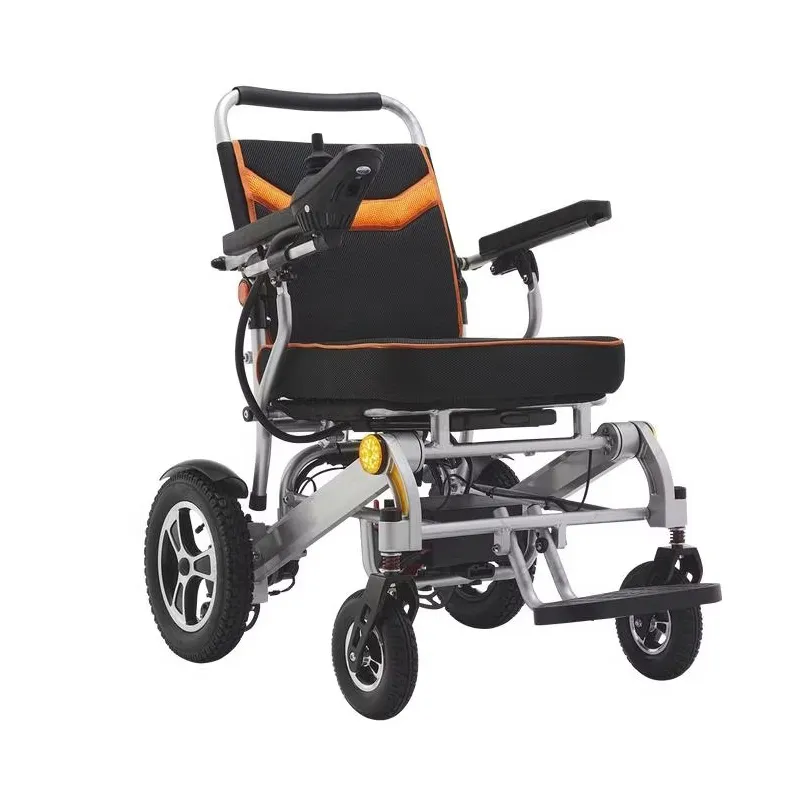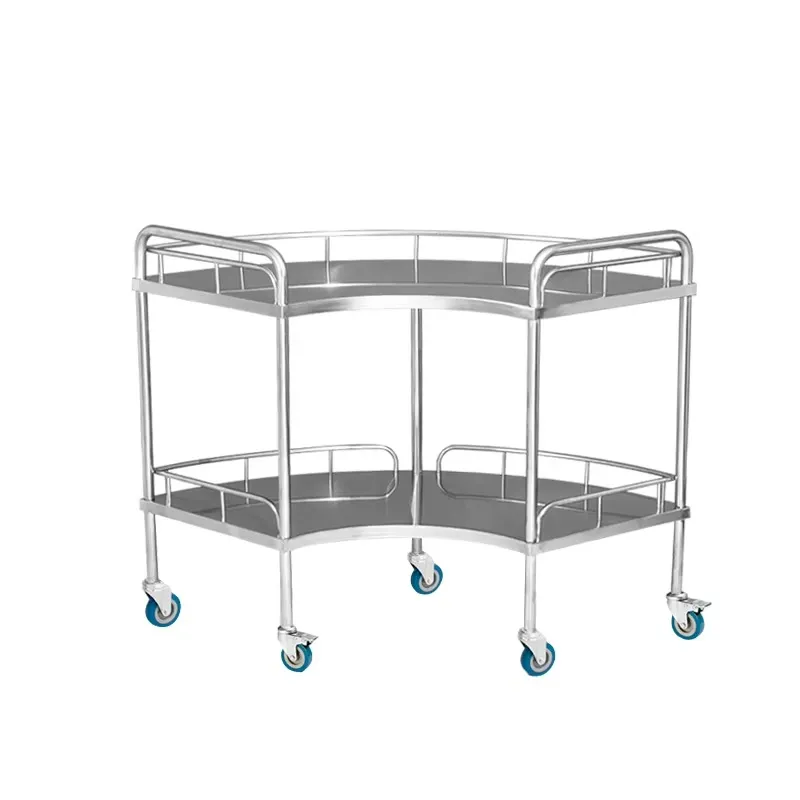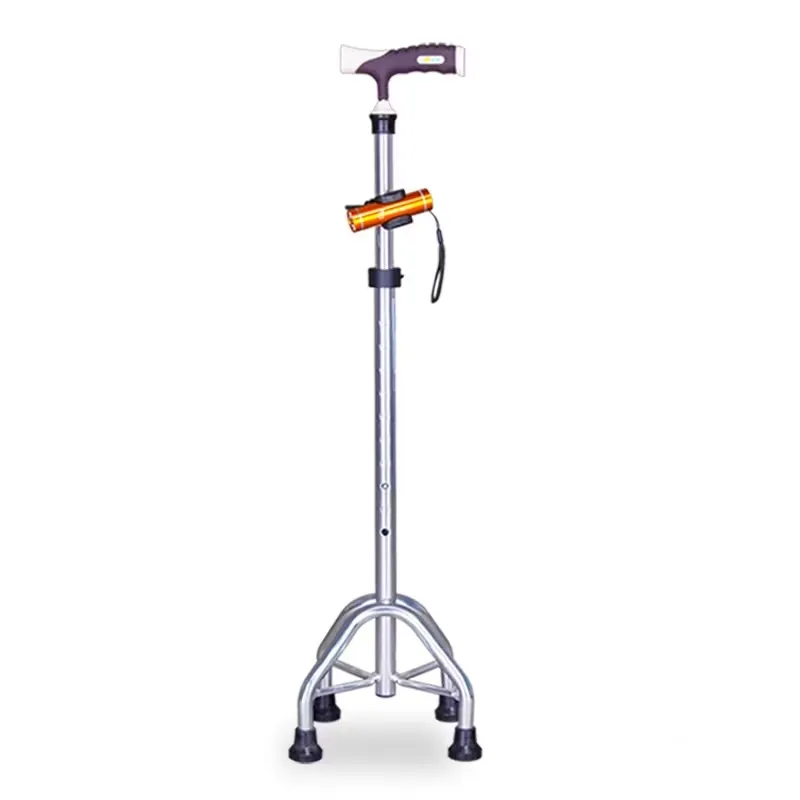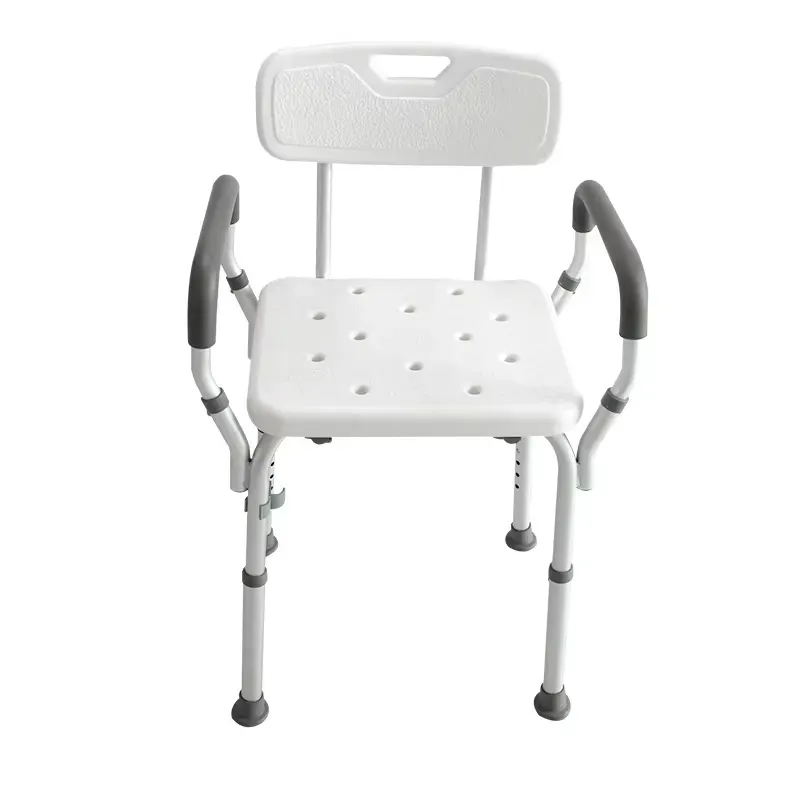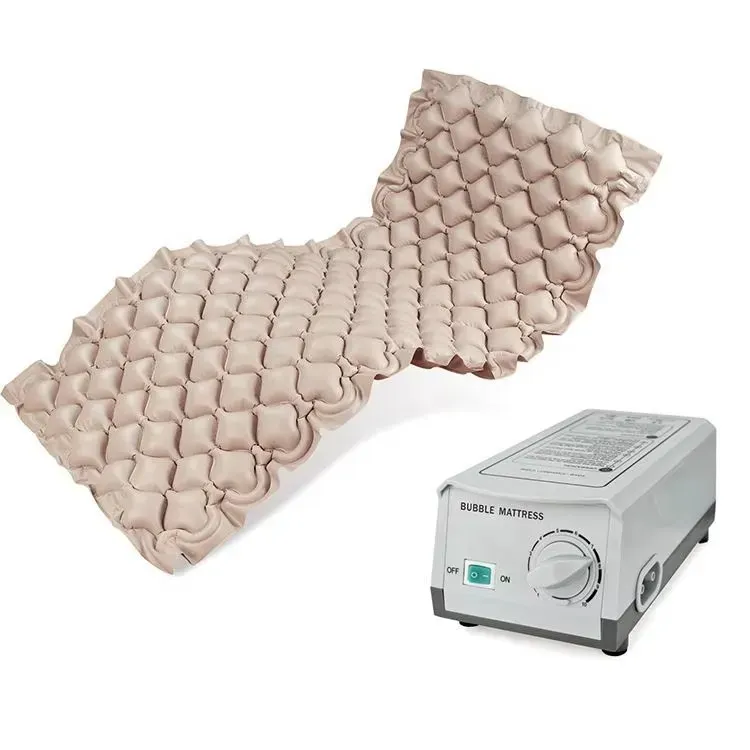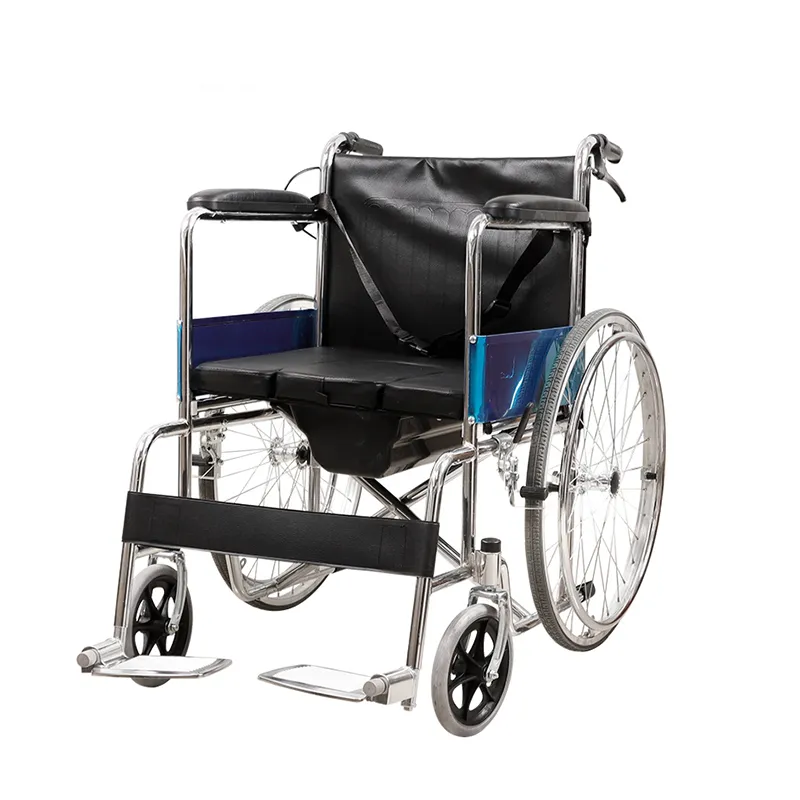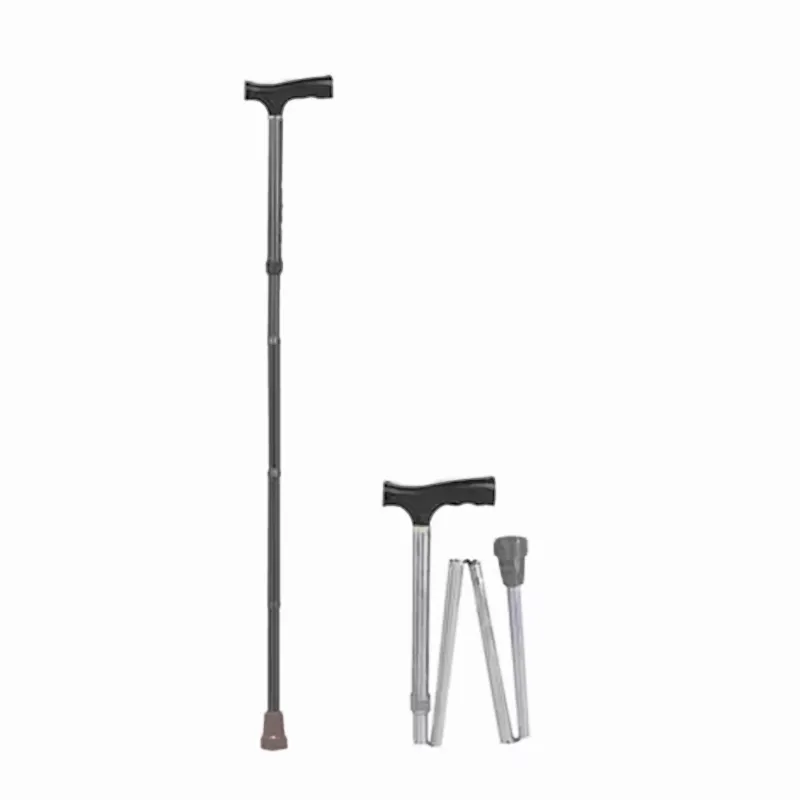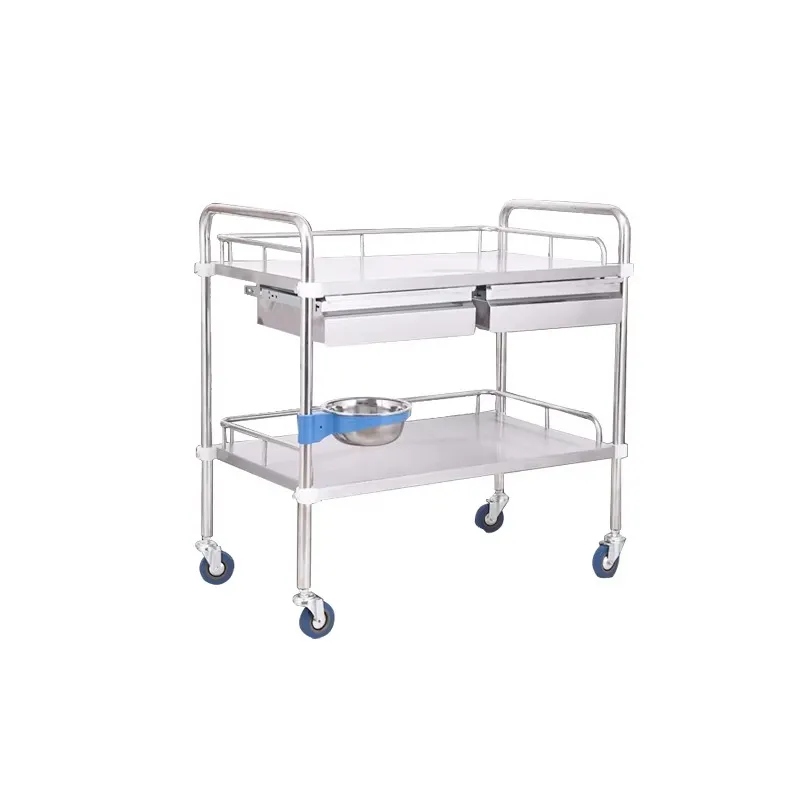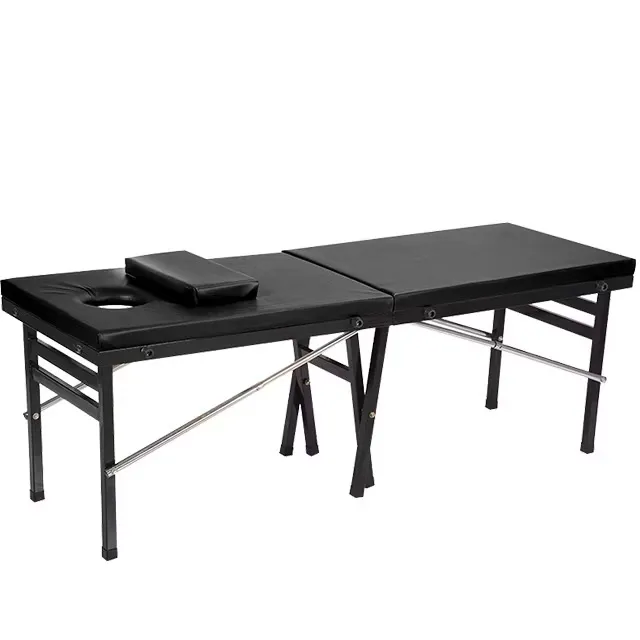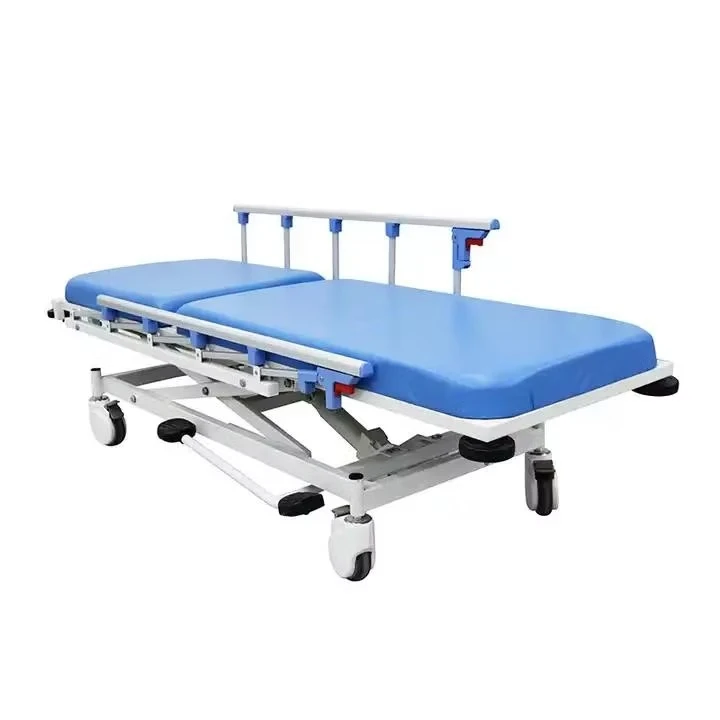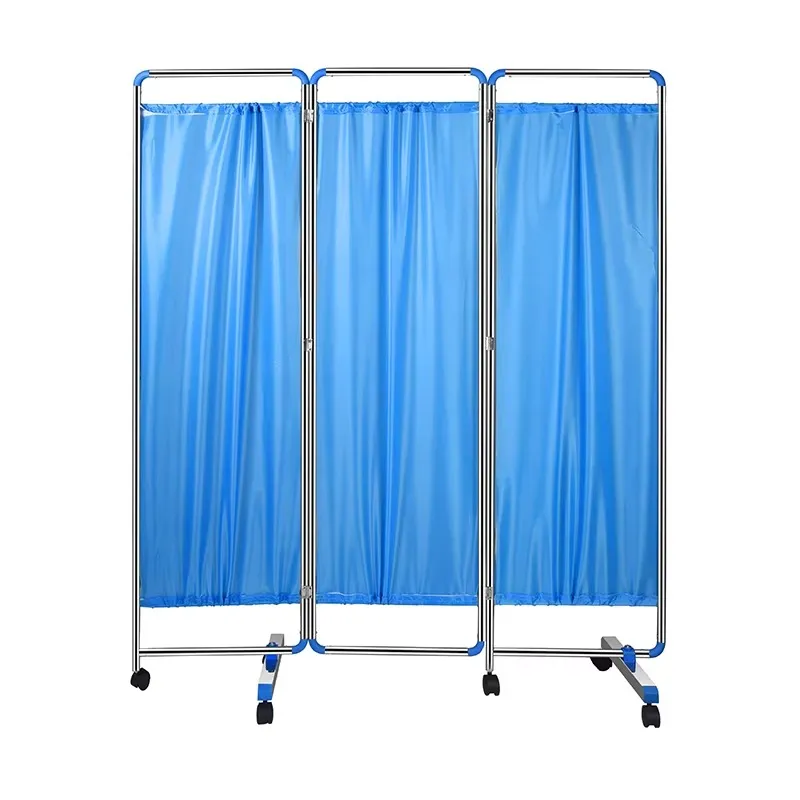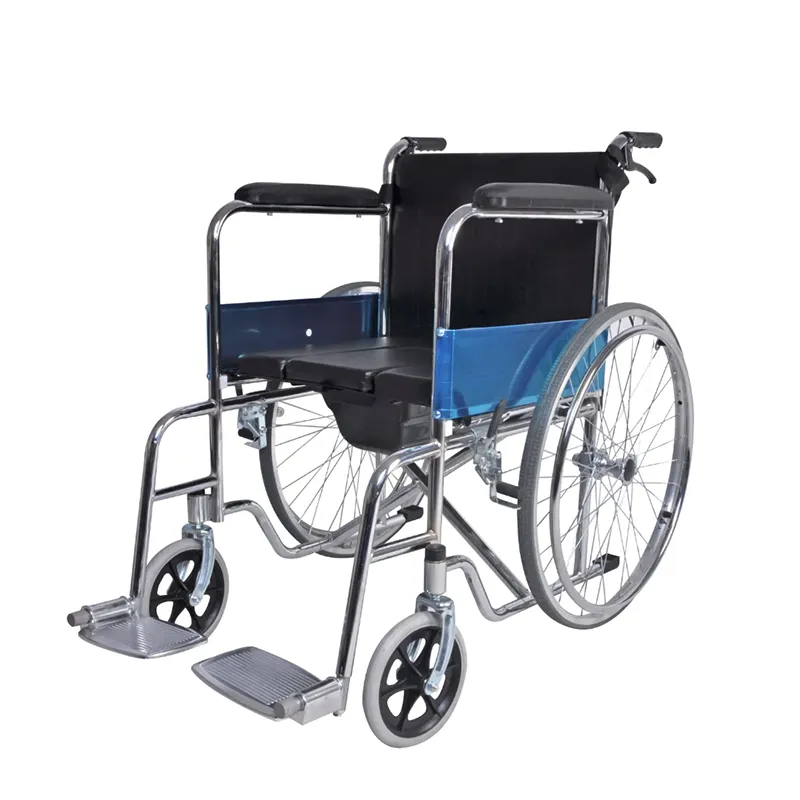Comprehensive Guide to Pediatric Hospital Beds: Trends, Specifications and Applications
The pediatric healthcare equipment sector has witnessed significant evolution with specialized pediatric bed solutions becoming essential in modern medical facilities. As children's hospitals and wards expand globally, understanding pediatric bed size, material specifications, pediatric bed price factors, and safety standards has never been more critical for healthcare administrators and procurement specialists.
Featured Medical Solution
Hospital Equipment Light Medical Beds For Children
This specialized pediatric bed from HEBEI ZHAOFA TECHNOLOGY offers:
- Adjustable Bassinet Height
- Trendelenburg/Reverse Trendelenburg Functionality
- Optional Mattress & Mosquito Net Accessories
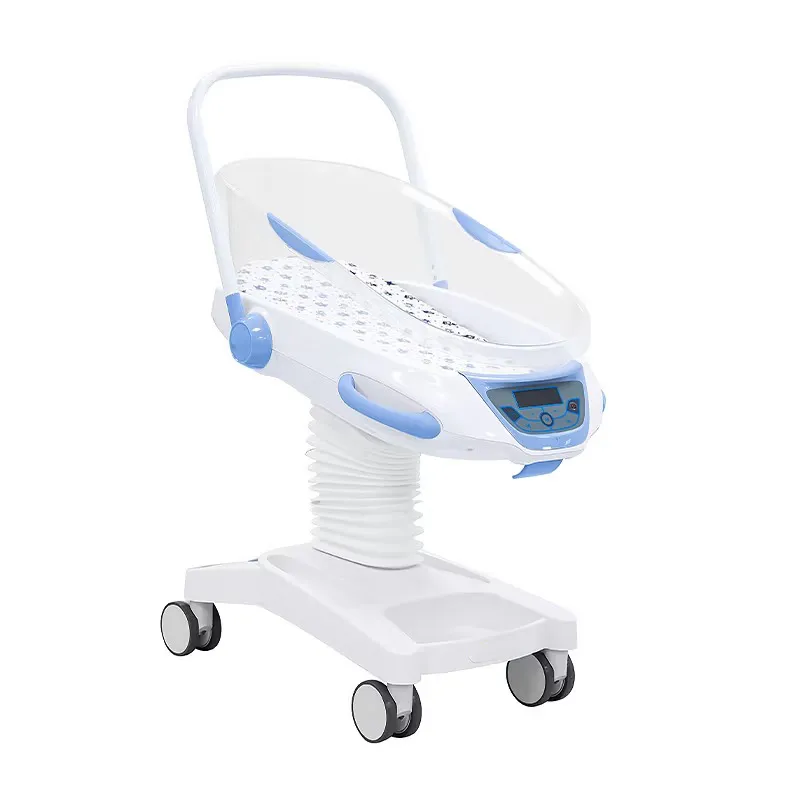
Pediatric Bed Technical Specifications
| Parameter | Standard Range | ZHAOFA Model | Medical Compliance |
|---|---|---|---|
| Pediatric bed size | 120-180cm length | 150×70×60cm | ISO 13485:2016 |
| Weight Capacity | 80-120kg | 100kg | IEC 60601-1 |
| Adjustment Range | 40-90cm height | 45-85cm | EN 12182 |
| Pediatric bed price range | $800-$2500 | $1250-$1850 | FDA Class I |
| Backrest Angle | 0-75 degrees | 0-70 degrees | AAMI ES60601-1 |
Product Features Overview

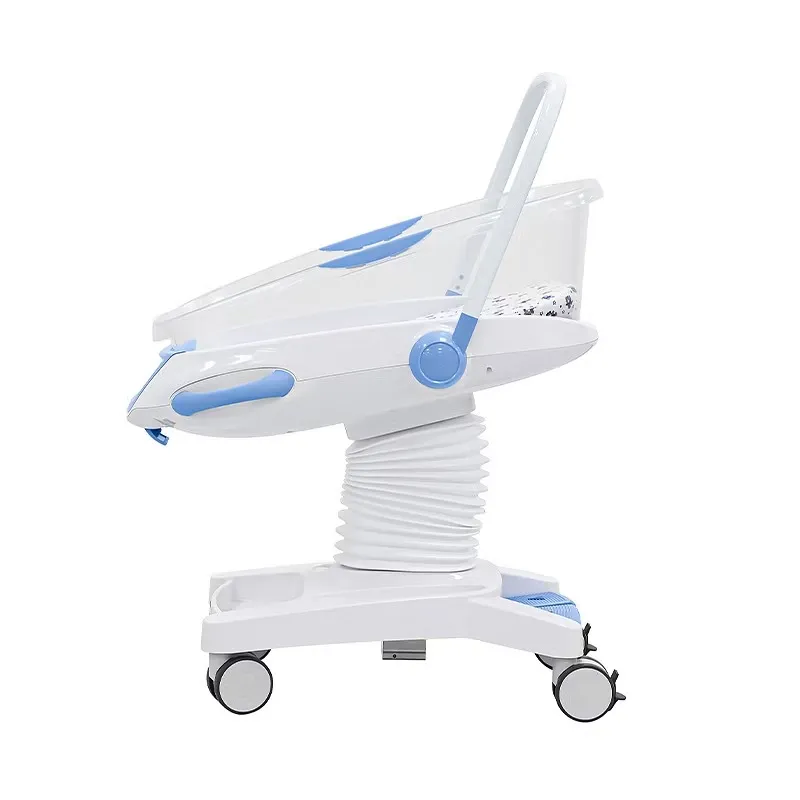


Market Developments & Clinical Applications
The global pediatric bed market is projected to grow at 5.8% CAGR through 2028 according to Healthcare Market Reports. This growth is primarily driven by:
- Rising pediatric hospitalization rates
- Stringent safety regulations for child patient environments
- Technological advances in multi-functional hospital bed designs
Modern pediatric wards increasingly utilize specialized pediatric bed solutions with enhanced features like integrated monitoring systems and reduced noise motors for sensitive environments. The optimal pediatric bed size balances patient safety with clinical accessibility, particularly in pediatric ICU settings where rapid intervention is critical.
Professional FAQ: Pediatric Bed Specifications
What materials ensure safety in pediatric beds?
Medical-grade ABS plastic and powder-coated steel provide durability while eliminating toxic substances. Antimicrobial coatings meeting ISO 22196 standards prevent pathogen transmission.
What defines appropriate pediatric bed size?
Standard dimensions follow ASTM F1427 guidelines: length 150-180cm for children, with 65-70cm clearance on both sides and adjustable height from 45-90cm for caregiver ergonomics.
How does pediatric bed price vary by functionality?
Basic manual models start at $800, while full-electric ICU-ready units with monitoring integration can reach $3800. Mid-range options ($1200-2500) offer optimal features like Trendelenburg positioning.
What safety certifications are essential?
Compliance with IEC 60601-1 medical electrical standards, EN 12182 assistive products requirements, and FDA 21CFR Part 892 regulations is mandatory for clinical use.
What are weight capacity considerations?
Pediatric beds typically support 80-150kg with safety factor margins exceeding 2.0× to accommodate sudden movements during medical procedures.
How do specialty beds differ from standard hospital beds?
Specialized pediatric bed models feature narrower frames, higher rail barriers, customizable positioning options, and child-friendly designs absent in adult configurations.
What's the typical lifespan?
Properly maintained medical beds deliver 7-10 years service with regular component replacements. Critical structures require ASTM F1816 stress testing every 24 months.
Industry Expertise & Research Citations
"Modern pediatric bed design must incorporate three critical elements: developmental appropriateness, safety assurance systems, and clinical functionality." - Journal of Pediatric Medicine, 2023
Source: JPM Vol.12(3), p.45-62
"Our 2024 hospital procurement survey shows 78% of facilities prioritize adjustable height features when specifying pediatric beds to reduce staff musculoskeletal injuries."
Healthcare Facilities Symposium White Paper
Conclusion
Selecting the appropriate pediatric bed involves balancing clinical requirements with financial considerations. Manufacturers like HEBEI ZHAOFA TECHNOLOGY continue to innovate in developing hospital equipment solutions that meet evolving standards while optimizing pediatric bed price points for healthcare systems globally. When evaluating options, prioritize units that deliver safety certifications alongside ergonomic designs for both young patients and care providers.
Contact our medical equipment specialists for consultation: +8615713285867
Industry References
- Global Pediatric Medical Equipment Market Analysis (2024-2029) - Healthcare Market Reports
- Safety Standards for Child Patient Environments - International Journal of Pediatrics
- Ergonomic Design in Pediatric Nursing - Journal of Healthcare Engineering
- Medical Device Material Compliance Guide - ASTM International Publications



